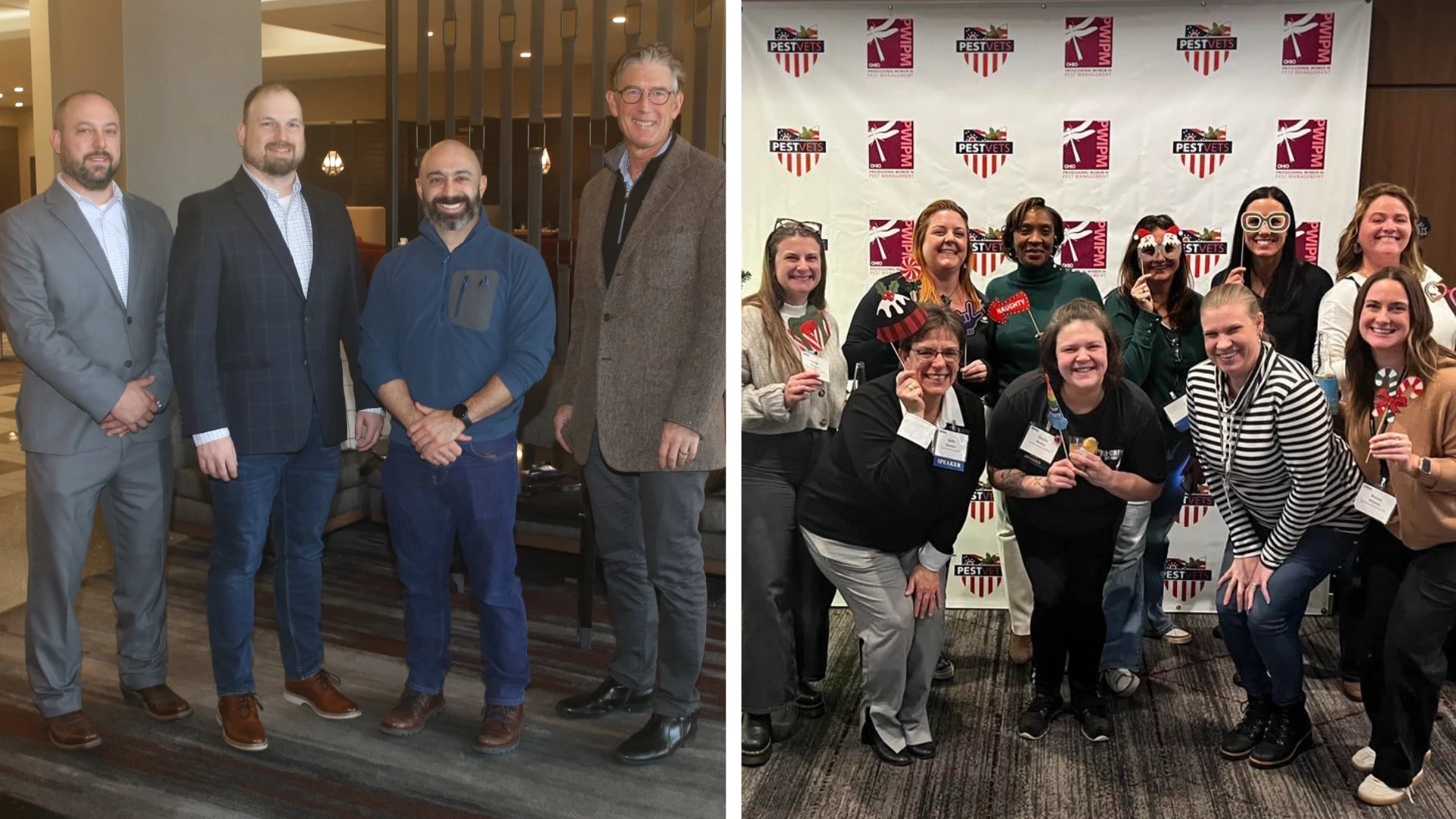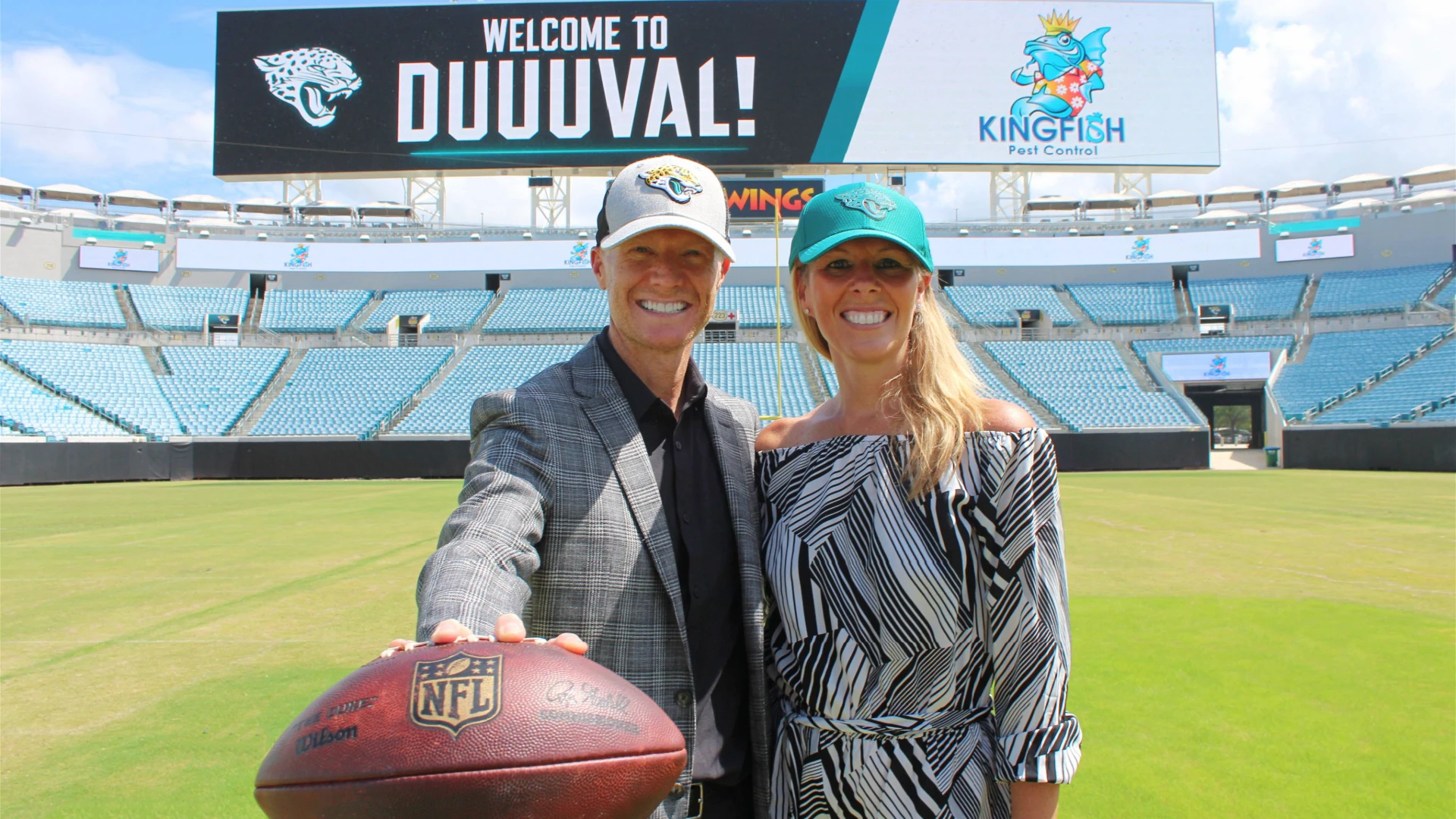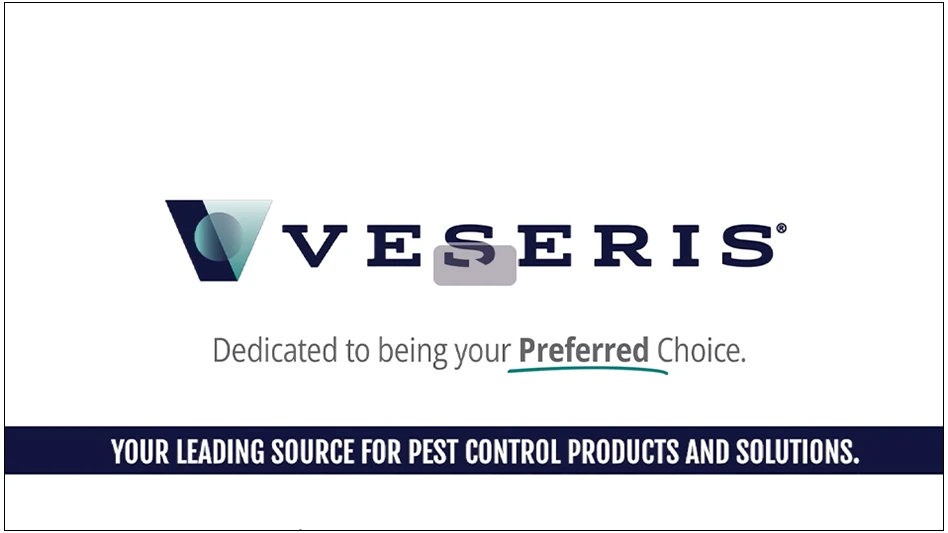Have you ever wished you could have been at that new account from Day 1? You know, when everything was new and clean and freshly painted? You could have planned the perfect defense, and marshaled out orders and manpower for ideal maintenance and superb sanitation. Unfortunately, the majority of the time, that first call comes after the pest has had plenty of time to become established and things are terribly awry. Your client may be facing regulatory fines and expects you to make this go away — yesterday.
PMPs are well trained to check bait stations, break out the flashlight and search around the floor. They aren’t afraid to get dirty and generally will brave some nasty conditions. What they forget is that rats and mice can fly. Well, not really, but while the PMP is crawling around searching under, around and behind, a beady set (or sets) of rodent eyes are observing from above from a pallet, a sprinkler head, wall gap — you get the idea.
Mice and rodents are superb climbers and are adept at finding and cramming themselves into all sorts of openings as they make their way around a building. Nature tells them to avoid contact with man, so naturally they stay out of our way (and sight) by any means possible. We need to look up and on top of as much as we look behind, around and underneath.
GROUND-LEVEL ASSESSMENT. Now it’s time to start our assessment. Here is a simple checklist to help you get through the account in an orderly fashion, gather necessary data and organize it into useful information. The assessment starts outside the structure when we first arrive for the first visit.
- Is our client in a free-standing building or part of a larger structure like a mall, office complex, or multi-unit housing?
- What types of exterior landscape are there, how close are the plants to the building and what type of irrigation is in place?
- What types of lines, pipes or cables are connected to the structure that could become pest pathways to the building?
- How are supplies or stock brought into the building? Where are these access points and how are they secured?
- How is trash or recycling handled, what is the travel path and how is it secured outside the building for pickup?
UPPER-LEVEL ASSESSMENT. Now we need to perform the same level of assessment from the roof. Get on the roof of the building and look for pathways and access points to the roof and points of penetration into the building.
- Does the landscaping touch the structure or allow rodents to drop onto the roof or other elements of the structure? Any vegetation left untrimmed, even for short periods of time, also allows the opportunity for the rodent to explore for access to the interior.
- Are there any type of power lines, cables or pipes that could act as a bridge for rodents to gain access to the roof of the building? Pay attention to temporary items such as lifts or cranes that might serve the same purpose to a determined rodent.
- Check roof-top equipment, such as air conditioning units, for penetrations left unsealed that could allow access.
- Check any penetration point for power lines, cables or pipes for proper seals. This means screening or metal shielding. A squirt of expandable foam is fine for insects, but rodents will quickly chew through it.
- Is there trash or construction materials that need to be removed from the roof? They can act as harborage points for a rodent population. It is important to check for trash that might be tossed onto the roof from a higher structure next door or even from the ground. These unwanted materials, left undiscovered for any length of time, places resources where pests can exploit them.
- Pay attention to the roof construction to be sure it is sealed and will not allow access or harborage points for rodents.
- When you are on the roof, carefully assess the surrounding property. Binoculars can help here in picking out small details. At this greater height, rodent trails to the structure or threats from adjacent properties can be identified.
INTERIOR ASSESSMENT. Now let’s move inside. We are going to go top-down, so get as close to the roof deck as possible. This may require the use of ladders or lifts, so any employees involved in this process must have the required safety instruction or certification. Starting at the top and working down level by level enables you to see more places rodents are using to their advantage.
- Check for light leaks. Coming from above, this could indicate not only a rodent penetration point, but one for water as well. Things like cables, while properly sealed at the roof level for water proofing with a PVC or metal angled pipe, leave huge amounts of room around the cable for pest penetration. A ½-inch cable running through a 6-inch open hole in the roof deck is an open invitation to rodents.
- Note the location of the sprinkler grid system and how it runs throughout the building. These grids are rarely redone and can provide the rodents with a highway far above most pest interventions or assessments.
- The plumbing lines, air conditioning equipment, electrical lines, support columns, computer cables — anything that forms a bridge to a different level must be noted. Any of these pathways will be used by rodents to travel unbothered throughout the structure. Important ambush points to note for control purposes are the "drop zones." These are places where rodents change height by jumping down from one level to another. Sometimes this distance is short — only a few inches. Interventions, such as glueboards, placed in these zones can reduce a rodent population dramatically.
- Examine the types of storage racking or shelving the client uses. They may be simple wooden shelves or complex metal racks that hold full pallets of product. These constructs form rodent harborage zones with multiple levels and unless they are fully evaluated, rodent populations can thrive here undetected for long periods of time.
- Look for unusual locations for equipment, such as water heaters. In some commercial locations, these units are on a platform above the head height to save valuable floor space. Since they are out of the way, they are often forgotten in the customary assessment for rodents.
- Check above all false ceilings. These lightly constructed grids are the perfect place for rodents to move from place to place safely. How many times have we all heard someone mention hearing "herds of elephants" moving in the ceiling space above their heads? In the worse case scenarios, rodents may dislodge ceiling tiles and come plunging into our space unannounced. It’s an event that is far too exciting and generates an emergency call of the highest immediate priority. With the number of cell phone cameras out there, it’s an event you do not want recorded representing the service your company provides. Checking this area is easy, so don’t ignore it.
- As you move from level to level through the assessment area, pay attention to boxed areas or hard pan ceiling structures. These could be utility runs, or, in the case of restrooms or cash rooms, an added level of security. When these hidden boxes are constructed, they provide rodents with a fortress inside the client’s structure. Anything blocking a clear line of sight between you and the surrounding area you are reviewing is a potential harborage area.
OTHER CONSIDERATIONS. Once we are at the floor level, the idea is to remember to look up or on top of structures we encounter. If a rodent is spotted at the cash station, it’s probably because the mice are using the power pole serving the register to run between it and the ceiling.
The trick is to be aware of anything from above that could be a path to areas where food, water and harborage can be found. There are also situations where a "high" rodent population is actually contained within a piece of equipment. An example would be mice living in gondola shelves containing items for sale in a retail store. Once the mice penetrate the structure of the gondola, they are living in an environment where all of their resources are delivered fresh each day by unknowing employees. With the intricate construction of the gondola and numerous places to harbor, mouse populations can explode in such a situation. Unfortunately, because the innocent public is shopping these shelves each day, the potential for a serious health hazard is obvious.
Rodent assessments are always urgent. These animals have successfully co-existed with man for centuries and show no immediate signs of being endangered or extinct. The only way we can be successful in dealing with them is to assess our structures underneath, around, behind and on top of. Remember — they can "fly"— so always look for them from above.
The author is a consultant with more than 30 years of experience in the pest management industry. Learn more about his consulting business at www.jeffmcgovern.com.

Explore the September 2010 Issue
Check out more from this issue and find your next story to read.
Latest from Pest Control Technology
- Wildlife Operators Living Fund Supports Injured, Disabled PCOs and Wildlife Operators
- California Declares State of Emergency in Response to Bird Flu Outbreak
- Veseris Expands in Turf & Ornamental and Pool Supply with Acquisition
- Pest Authority, Mosquito Authority Celebrate All-Star Franchisees
- Ka Tsu Joins Avoca.ai
- Envu's Suite of Pest Management Solutions
- In Memoriam: Tom Moore
- 2024 Crown Leadership Award Winner Kathy Heinsohn





